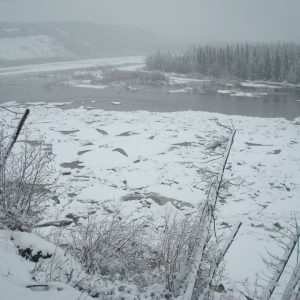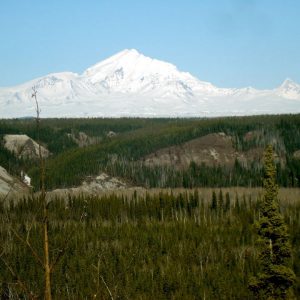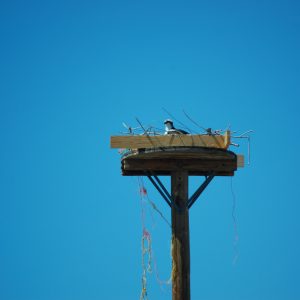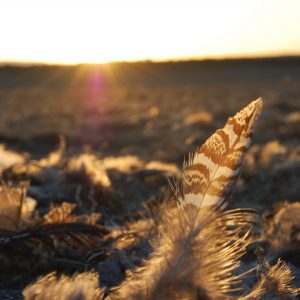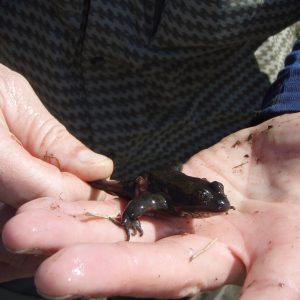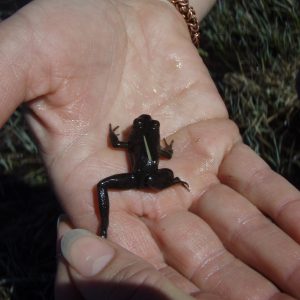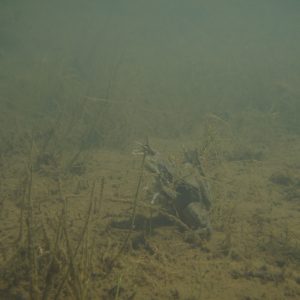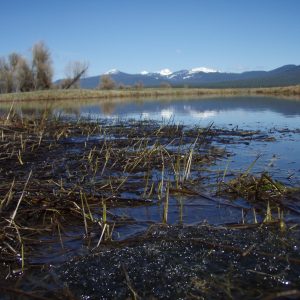My internship is taking place with the BLM in Vernal, UT. The main thing that my coworker (another CLM intern) and I will accomplish is rare plant monitoring and seed collections for seeds of success. Coming from Michigan, the plants, wildlife, and climate are a whole new experience for me. Our mentor is essentially doing 3 jobs, so we don’t get a lot of time to go out in the field and learn from him; instead we try and key out plants we find every day or bring back plants that stump us and ask our mentor. The list of plants I can point out in the field is getting pretty long! The shrubs still stump me…they all look so similar. I definitely don’t have an eye for those yet. My keying skills and my botanical vocabulary is improving though.
I’ve been here 5 weeks now, the majority of which have been spent locating populations of 3 different species, Sclerocactus wetlandicus, Schoenocrambe argillacea, and Schoenocrambe suffrutescens. We’re also slowly trying to locate populations of other species for seed collections as we monitor the rare plants. The other thing we’ve done was collection for genetics testing. We spent 2 days collecting buds from “different” cactus species so that genetics testing could be done to see if they really are separate species.
While the work we’ve done so far hasn’t had much variety, we’ve managed to have quite a few adventures. On Tuesday we literally ran into our first rattlesnake of the season. We were walking through some sagebrush when we almost stepped on it; unfortunately we saw it before we heard it. It was striking at us, but thankfully we walked away without getting bitten. It wasn’t the best way to start our morning. Then on Wednesday we got a flat tire in a really remote location and couldn’t get the winch on the truck to lower the spare….which led to us having to be rescued.
Those were 2 unfortunate experiences, but I’ve had some really good ones too! While we were taking our lunch break on the side of a cliff (while surveying for clay reed mustard) we got to watch ranchers herd cattle. We also got to watch a thunderstorm roll in and we found an elk antler, a coyote skull, and another antler. Since everything is really starting to flower now, it’s a gorgeous time to be outside. It is absolutely beautiful out here (aside from all the well pads) and I can’t get over how far you can see!





